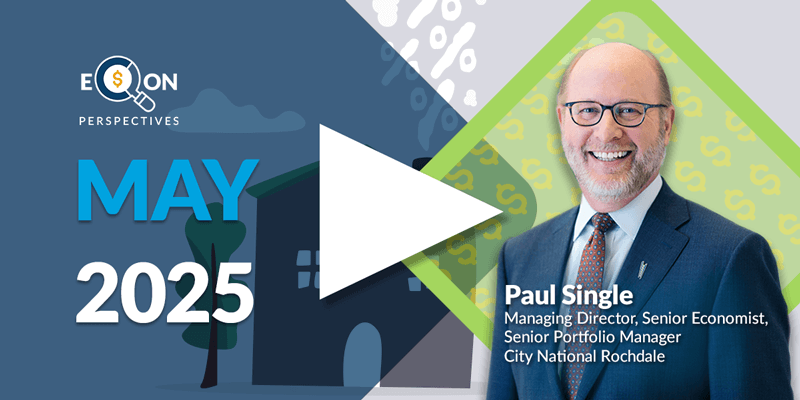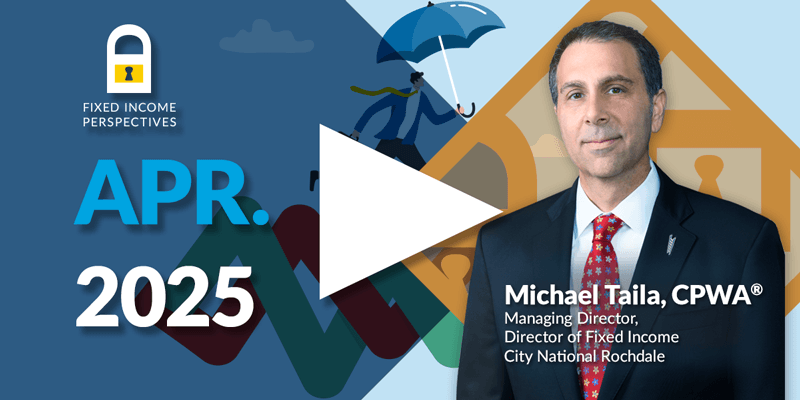-
Market Perspectives
Which One’s Higher: the S&P500 or the Temperature?
July 2023
- Filename
- Market Perspectives JULY 2023.pdf
- Format
- application/pdf
TRANSCRIPT
Summer time and the living is easy, as long as you have air conditioning. It is a race to see which rises highest — the S&P 500 or the mercury in the thermometer.
The S&P 500 is pushed up to 20% level year to date, but just as not all parts of the country are bubbling hot, not all stocks are scorching higher.
Small-cap, mid-cap, international and emerging markets are all positive year to date, but not as much as the S&P 500. As we all know, dividend stocks are flat to down.
While breadth has improved recently (an encouraging sign), the broad market is still being driven disproportionately by a small group of highly valued growth stocks. Some with triple-digit price-to-earnings ratios, which seasoned investors know can contribute disproportionately to portfolio downside just as much as they can contribute to disproportionate upside.
Encouragingly, in today's environment, one can now take less risk to get attractive returns.
[ Chart 1: 1:14 ] Let's mix it up a bit this month and focus on fixed income. It's been a decade since bond yields have offered this level of opportunity. Even though inflation is trending down, various bond yields have remained elevated, increasing the real rate of return. Short-term U.S. treasury bills have garnered the most attention; however, short to intermediate yields in both municipal bonds and corporates offer additional opportunities. It is not too early to consider extending out in anticipation of where yields will be 12, 24, or 36 months from now.
[ Charts 2 & 3: 1:50 ] As you can see here, bond returns are positive across a number of fixed income areas, from structured credit, leverage loans, and municipals to corporate bonds. In addition, if we fall into a recession, and we still forecast that we will, it may be delayed, but not likely averted. Bond allocations not only lower overall portfolio volatility, but they historically perform well coming out of recessions.
[ Chart 4: 2:12 ] Higher yields are driving the return and fixed income. Based on current market yields, returns through the end of the year look to exceed averages. As shown in this chart, yields are attractive in both U.S. high-yield as well as high-quality, with investment-grade yields reaching levels not seen in well over a decade.
Recent data indicate the economy's resiliency to higher interest rates. Second-quarter GDP came in at 2.54%. Durable goods orders came in higher than expected, and initial claims came in lower than expected, further evidence of a strong labor market. It wasn't a surprise that the Fed moved rates higher on the 26th of this month. Future data will determine the Fed's path over the coming months, which is why they provided vague guidance after the FOMC meeting.
[ Summary: 3:03 ] Despite the good readings, we think it is too early to go on the offensive.
Earnings estimates have come down significantly, but markets are still pricing in a soft-landing scenario. Again, we forecast a mild recession. Recessionary pressures imply further downside to consensus earnings expectations.
Earnings disappointments ahead may provide catalysts for volatility and renewed equity price declines, especially in the highly valued stocks that have led the broad market year to date.
Sentiment may be overly optimistic. We expect less business and consumer spending going forward. We expect the Fed stays higher for longer. In summary, we see better risk reward opportunities in other asset classes at the moment.
Stay Informed.
Get our Insights delivered straight to your inbox.
Put our insights to work for you.
If you have a client with more than $1 million in investable assets and want to find out about the benefits of our intelligently personalized portfolio management, speak with an investment consultant near you today.
If you’re a high-net-worth client who's interested in adding an experienced investment manager to your financial team, learn more about working with us here.



